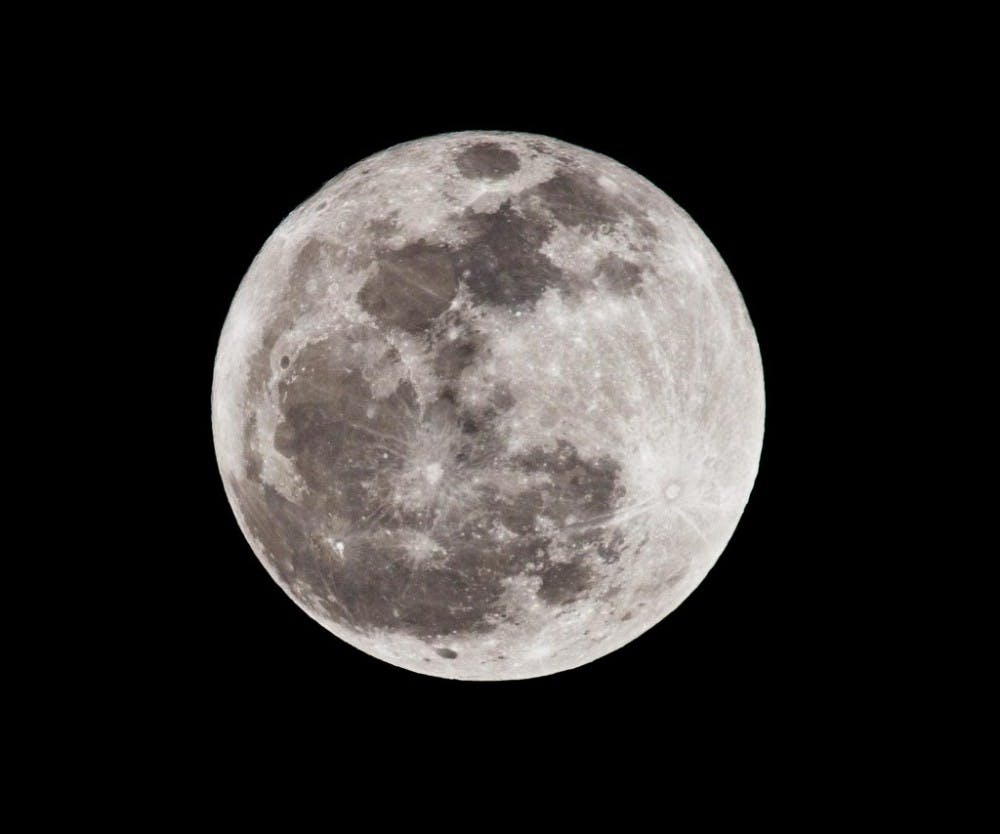When you looked up into the sky this past Monday, Nov. 14, did you notice anything particularly strange? Perhaps the moon looked a lot bigger than usual? In fact, scientists predicted that our moon was its largest relative to Earth in almost 69 years. Informally, astronomers and scientists alike have coined the name “beaver moon” for this astronomical wonder that lit up the sky.
“On November 14, 2016, the full moon will be the closest it has been to Earth since the year 1948 — which is almost seven decades ago. In addition, it will also appear 15 percent bigger and 16 percent brighter than a typical full moon,” Noah Petro, the Deputy Project Scientist for Lunar Reconnaissance Orbiter at NASA’s Goddard Space Flight Center, said in an interview with Space.com.
Neil deGrasse Tyson, the Frederick P. Rose Director of the Hayden Planetarium at the Rose Center for Earth and Space in New York City, thinks “supermoon” is not the appropriate term to describe the proximity of the moon.
“I don’t know who first called it a supermoon,” he said, according to The Guardian. “I don’t know, but if you have a 16-inch pizza, would you call that a super pizza compared with a 15-inch pizza?”
In reality, this year the full moons in October, November and December all occur when the moon is at its closest orbit around the Earth. Supermoon is the name specifically given to a full moon that occurs when the satellite is at its closest point to Earth during the lunar orbit. During these three months, the moon should appear to be around a third brighter than the smallest full moon will be. NASA predicted that we are unlikely to see another supermoon as close in magnitude as this one until Nov. 25, 2034.
The science behind the formation of a supermoon is a little bit tricky. The moon follows an elliptical orbit around the Sun, and during its closest approach, it can come as close as 363,400 kilometers near the Earth. But this month’s supermoon is a little bit special. Even though the moon is influenced the most by the gravity of the Earth, it is in fact also gravitated towards the masses of the Sun, Jupiter and other planets in our Solar System to a smaller extent. This means that at specific points during its orbit the moon can actually deviate slightly from its normal path. This eccentric orbit is essentially what brings the perigree nearer the Earth, which causes the “extra-supermoon.”
Based on computational predictions, Monday’s closest approach of the moon was predicted to take place at 11:30 a.m. Afterwards, was predicted to fade away at a fairly slow rate until it eventually returning to its normal orbit. Interestingly enough, by around 1:30 p.m. the sun and the moon will be closely aligned in almost a perfectly straight line. This phenomenon, commonly known as syzygy, occurs with the moon being directly opposite from the sun.
Although the supermoon is generally not considered an extremely rare natural phenomenon, the event on Monday is considered special; It will not happen again within the next 20 years. For people who are below retirement age, this may have very well been the first time that they had the chance to witness the biggest and brightest version of the moon on Earth.
If you missed the November supermoon, you may still have a chance to catch the next supermoon on Wednesday, Dec. 14. 2016, although it may be less spectacular.





